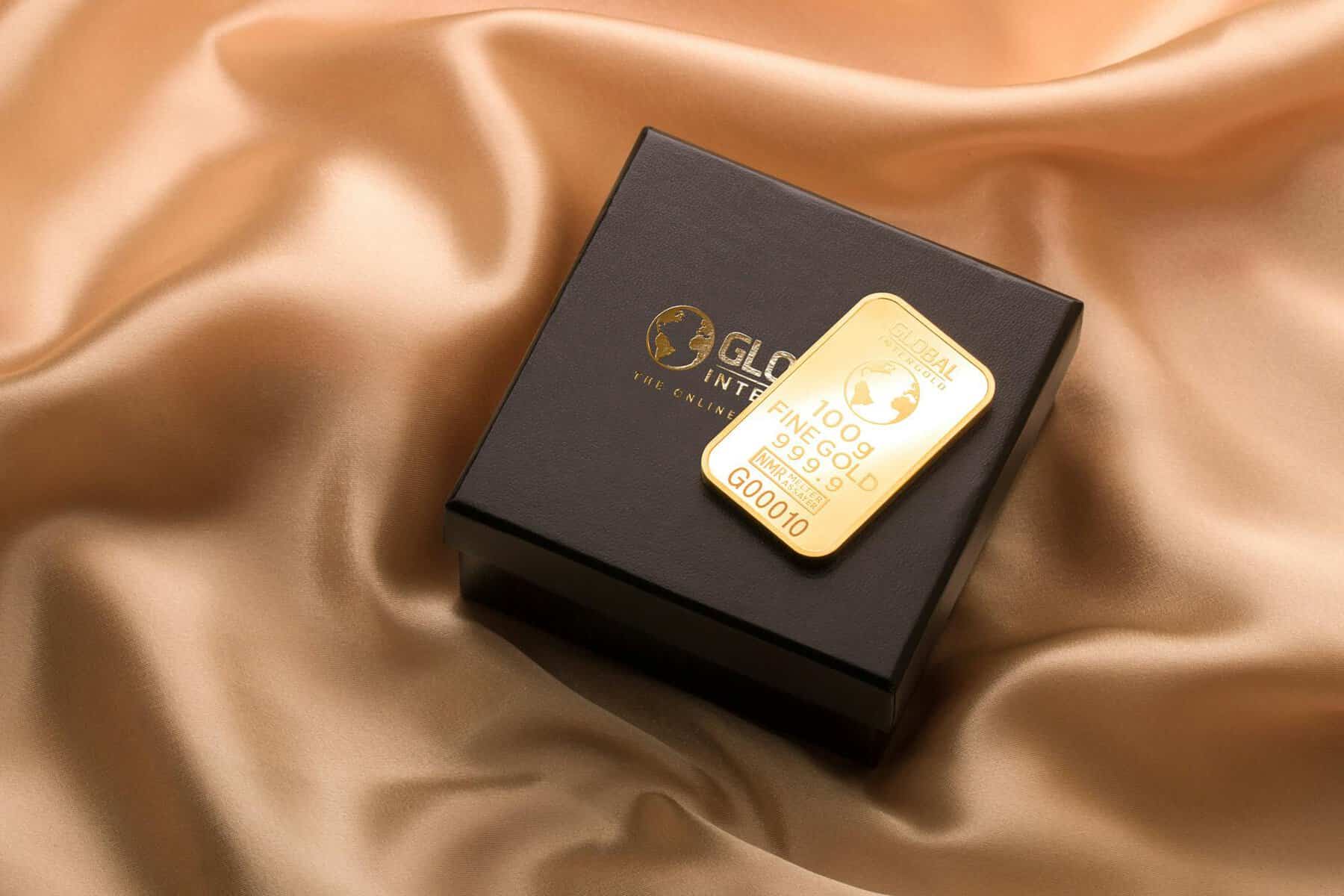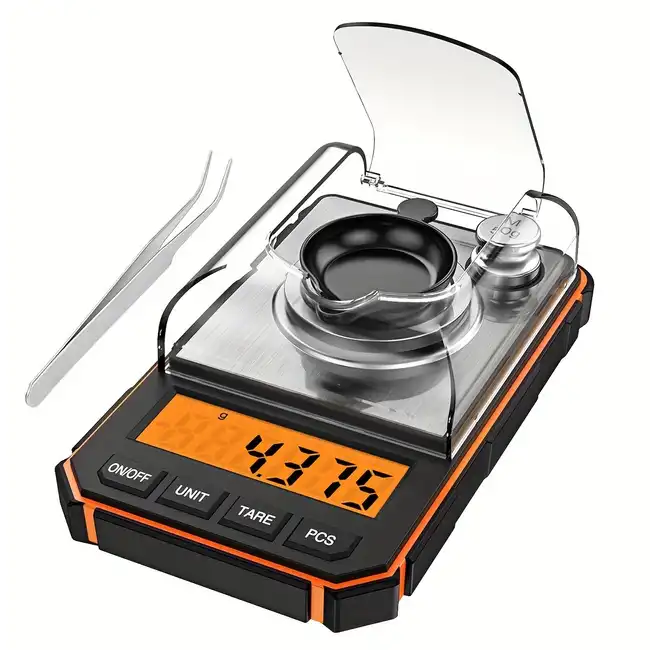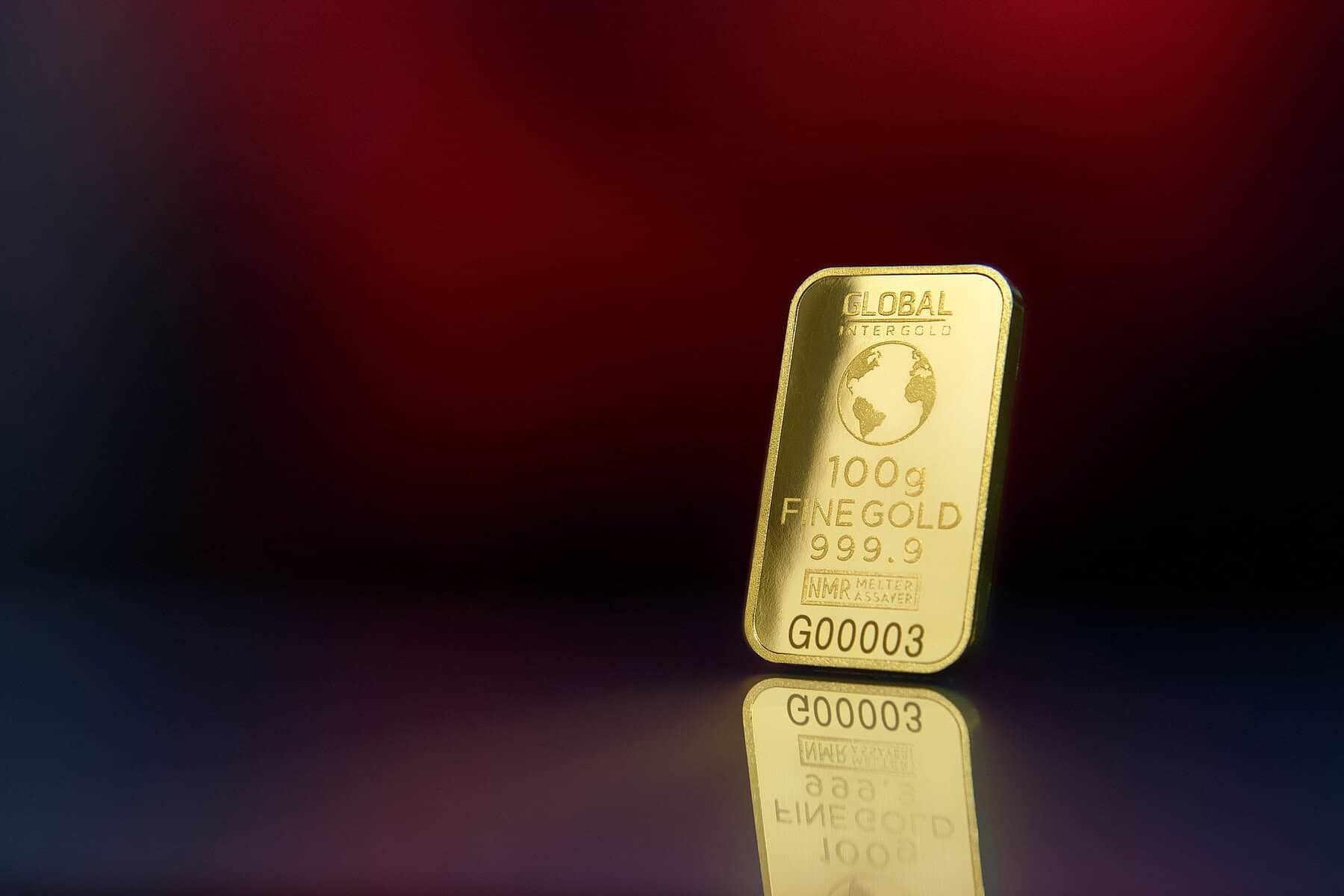How to Identify Real Gold: A Complete Guide to Quality Testing

Introduction
Knowing how to identify real gold is essential for investors and enthusiasts alike. With many imitation products on the market, it's crucial to understand the key methods for testing gold purity.
Evaluating the quality of gold is a crucial step for anyone involved in buying, selling, or investing in gold items.
In fact, whether you’re purchasing jewelry, investing in coins or bars, or simply curious about the authenticity of a piece, understanding how to distinguish real gold from imitations can save you from costly mistakes.
Especially if you are investing your savings rolling into a Gold IRA account, you need to know what you are buying in order to avoid scams.
In this guide, we will explore various methods and techniques to evaluate gold quality effectively. We will guide you through all the necessary tests you can make in order to know if the gold you are purchasing is pure or is fake.
Furthermore, you will also get to know which are the purity standards in the USA compared, for example, to the EU and how to make a responsible purchase before proceeding with investing into this ever lasting precious metal.
Top Methods for Testing Gold Purity at Home
The density test is one of the most reliable methods to determine the purity of gold.
Pure gold has a density of approximately 19.32 g/cm³, which is significantly higher than most metals used in counterfeit items. Therefore, this test will help you determine the purity of gold, and you will be able to distinguish it from imitations.
It is a test everyone can literally do at home, even if you don't have specific competences and in-depth knowledge about precious metals. Here’s how to perform the test:
Weigh the gold item in the air using a precise digital scale

The first step in testing the purity of gold involves using a precise digital scale to measure the weight of the gold item in air. This weight measurement must be accurate, as it will serve as the basis for calculating the item's density
Weighing the Gold in Water (or another liquid)
Submerge the item in water and measure the volume of water displaced. After weighing the gold in the air, the next step is to weigh it while it is fully submerged in water.
In fact, this is typically done by suspending the gold item in water using a fine thread or placing it in a container of water, while ensuring the scale only measures the item itself and not the container or any support.
This submerged weight will be slightly less than the weight in air due to the buoyant force of the water acting on the gold.
Calculate the Density and compare with the density of pure gold
Now that you have all the data, you are ready to make your calculations. The density of the gold is then calculated using the formula:

The density of pure gold is approximately 19.32 g/cm³. The calculated density of your gold item can be compared with this standard. If the density matches closely to 19.32 g/cm³, the gold is likely pure. If it is significantly lower, the gold may be alloyed with other metals, reducing its purity.
Magnet Test for Gold Purity

Since gold is non-magnetic, it does not attract or react to a magnet.
Therefore, this property can be utilized as a simple and quick method to test whether an item is made of pure gold or it is just fake. The magnet test is valuable because it helps to identify items that are falsely claimed to be gold but are actually composed of magnetic metals like iron or nickel, or alloys that contain these metals.
Thus, it is a simple test that requires no particular skills, but that is very safe and secure to determine the purity of gold.
To conduct the magnet test, you need a strong magnet, such as a neodymium magnet, which is more powerful than standard refrigerator magnets. Hold the magnet close to the gold item without touching it and observe the reaction:
- No Attraction: If the item does not respond to the magnet, it could be made of gold or another non-magnetic material. This is a positive indication, but not a conclusive proof of purity.
- Attraction: If the item is attracted to the magnet, it is not made of pure gold. This strongly suggests that the item contains a magnetic metal, meaning it is either fake or an alloy that is not predominantly gold.
While the magnet test can help identify non-gold items, it has its limitations. Some counterfeit gold items use non-magnetic metals like copper, brass, or lead, which will also not react to a magnet.
Therefore, a lack of magnetic response alone is not a guarantee of authenticity or purity. It is however a good starting point to determine whether the gold we are buying is pure or not.
Ceramic Test for Gold Purity
The ceramic test is another practical method to determine the authenticity of gold. This test leverages the fact that gold is a soft metal and will leave a streak when rubbed against a rough surface, such as an unglazed ceramic plate.
To perform the ceramic test, you need an unglazed ceramic plate, which can be found in most hardware stores. Gently rub the gold item on the surface of the plate:
- Gold Streak: If the item is real gold, it will leave a streak that is golden or yellow. This indicates that the item is likely made of gold, as gold has a distinctive streak colour that is consistent with its appearance.
- Other Streaks: If the item leaves a black, green, or brown streak, it is likely not made of pure gold. These streaks suggest that the item is composed of another metal or is merely gold-plated, where a thin layer of gold covers a base metal.
The ceramic test has however some limitations, as it is effective for distinguishing between gold and other metals, but it does have some drawbacks you have to keep into consideration:
- Potential Damage: Rubbing gold against a ceramic plate can cause minor surface damage or scratches to the item, particularly if it is made of soft, high-purity gold. Generally speaking, gold is a bit more malleable than other materials, so you can create signs on the item that are then difficult to remove.
- Inconclusive Results: While a gold-colored streak is a good indicator of gold content, it does not confirm its purity level. Additionally, some gold-plated items may still leave a gold streak if the plating is thick enough.
Combining the tests for more accuracy
To obtain a more reliable assessment of gold purity, it's best to combine the magnet and ceramic tests with other methods, such as the acid test, density test, or professional X-ray fluorescence (XRF) analysis.
This multistep approach helps mitigate the limitations of each individual test and provides a more comprehensive evaluation of the gold item’s authenticity.
Acid Testing
Acid testing is one of the oldest and most effective methods for assessing gold purity and to determine if the gold is real or fake. The chemical reaction will say a lot about the quality of the gold we have in front of us, and it will help to recognize whether the item we have in our hands is authentic or not. Here’s how it works:
- Nitric Acid: Apply a small drop of nitric acid to a scratch made on the gold item. If the acid does not react, the item is likely pure gold.
- Color Changes: A green reaction indicates a base metal beneath the gold plating, while a milky reaction suggests a low-purity alloy.
For more precise results, a testing kit with different acids for different karat levels (e.g., 10K, 14K, 18K) can be used to determine the exact purity of the gold.
Understanding Markings and Stamps
Gold items are often stamped with markings that indicate their purity, such as "24K," "18K," or "14K." These markings can provide a quick indication of the gold’s quality, but they are not foolproof:
- Verification: Always verify these markings with additional tests, as counterfeit items may also carry fake stamps.
- Common Markings: In addition to the karat number, look for hallmarks or manufacturer’s marks that can help authenticate the item’s origin and quality.
Understanding these markings can also give insight into the item's origin, helping you differentiate between genuine articles and potentially counterfeit products.
Professional Appraisal and Technological Advances
For high-value gold items or when you need absolute certainty, seeking a professional appraisal is highly recommended. Modern technologies have made gold testing more accurate and accessible, and a technology progresses, new techniques will arise to better determine the value of the gold we purchase:
- X-ray Fluorescence (XRF): This non-destructive method provides a detailed analysis of the gold’s composition, making it ideal for verifying the purity of coins, bars, and other gold items.
- Ultrasound Testing: This method uses sound waves to detect any irregularities or impurities within the gold, offering another layer of security.
These technologies are especially useful for investors and collectors who need to verify the authenticity and purity of their gold holdings.
Common Mistakes When Identifying Fake Gold

The market is flooded with gold-plated and counterfeit gold items that can easily deceive even experienced buyers. This is the reason why it is very important to acquire the necessary skills to better distinguish the fake from the real ones.
Knowing how to identify these fakes is crucial to avoid scams that will in the worst case scenario cost us a lot of money. Many buyers in the world have been scammed just because they did not possess the necessary skills to make this distinction, so you want to avoid being in this group:
- Gold-Plated vs. Solid Gold: Gold-plated items have a thin layer of gold over a base metal, which can wear off over time. Look for signs of wear, especially around edges and high-contact areas.
- Pyrite (Fool’s Gold): Often mistaken for gold due to its similar appearance, pyrite is much lighter and more brittle. Pyrite also lacks the density and softness of real gold.
The Importance of Buying from Reputable Sources
One of the best ways to ensure you’re getting genuine gold is to buy from reputable and well-recognized dealers, so that you can be sure you are buying something authentic.
Asking for the authenticity of the gold items you are going to buy is a crucial step to make. It is important to operate a careful evaluation before proceeding. Here, we are going to expose two methods you have to adopt in order to avoid being scammed or buying low-value items:
- Certified Dealers: Look for dealers who are certified by recognized industry organizations. They are more likely to offer genuine products with proper documentation.
- Documentation and Receipts: Always insist on receiving proper documentation, including receipts, certificates of authenticity, and any relevant appraisals. This not only helps in verifying the gold’s quality but also protects your investment in case of future disputes.
The Role of Technological Advancements in Gold Testing
As technology advances, so do the methods for testing and verifying gold. These two methods are the most advanced that technology offers nowadays:
- Spectrometry: Modern spectrometry methods, including Photon Assay, allow for highly accurate and non-destructive testing of gold. These technologies can detect even the slightest impurities and provide detailed reports on the composition of the gold.
- Market Trends: With the increasing demand for gold, especially in the electronics and jewelry industries, the market for gold testing is expected to grow. Staying informed about the latest technological trends can help you make better decisions when buying or selling gold.
Final Thoughts
Evaluating gold quality requires a combination of traditional techniques and modern technology. By applying the tests mentioned above, you can gain a comprehensive understanding of the gold’s authenticity and purity.
Also, always consider consulting a professional for high-value items or when in doubt. Staying informed and vigilant is key to making wise decisions in the gold market.
This comprehensive approach will help you navigate the complexities of gold evaluation, ensuring that your investments are correct, and your purchases are genuine.
As already said, gold can be an important asset to invest in to ensure protection against market calamities and crises.
With this blog, we want to provide users useful information in order to help them to adopt the best possible decisions. We suggest reading this article if you are interested in diversifying your investments with gold in your IRA.
We also suggest you to take a look at this website for more information.
Author

Ignazio Di Salvo
Founder
I have a background in Economics and Business Administration from Bocconi University and a formation in Digital Marketing. I am passionate about investments and I founded BestGoldMoney.com to help individuals make smarter decisions when investing in gold, silver, and other precious metals.
BestGoldMoney.Com
At Best Gold Money, we simplify the complexities of investing in precious metals. Our platform offers comprehensive insights, reviews, and reliable recommendations to help you make informed decisions about investments in precious metals.
We focus on providing valuable educational resources, expert analysis, and up-to-date information on the best practices for securing your financial future.
As part of our commitment to transparency, we participate in affiliate marketing programs, ensuring that we only endorse products and services we trust.